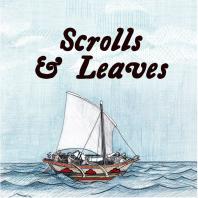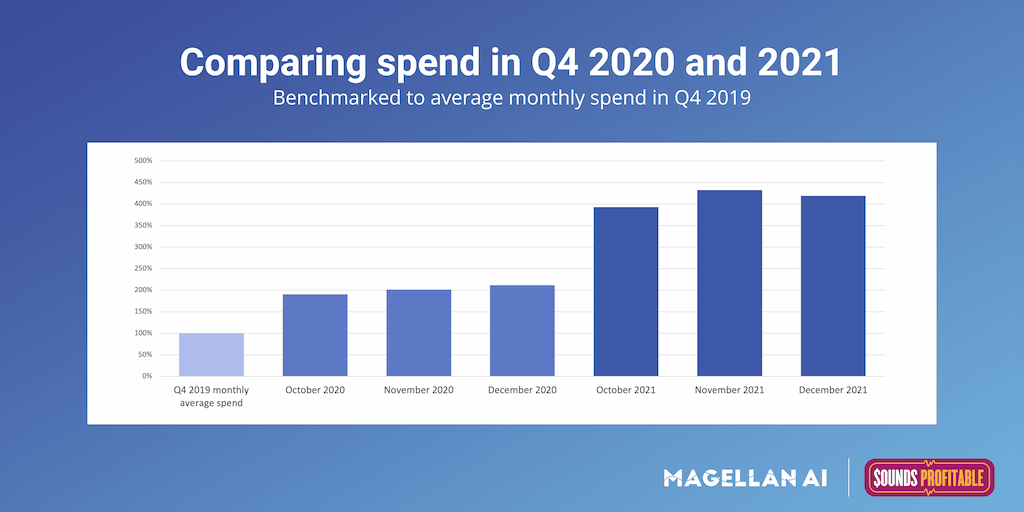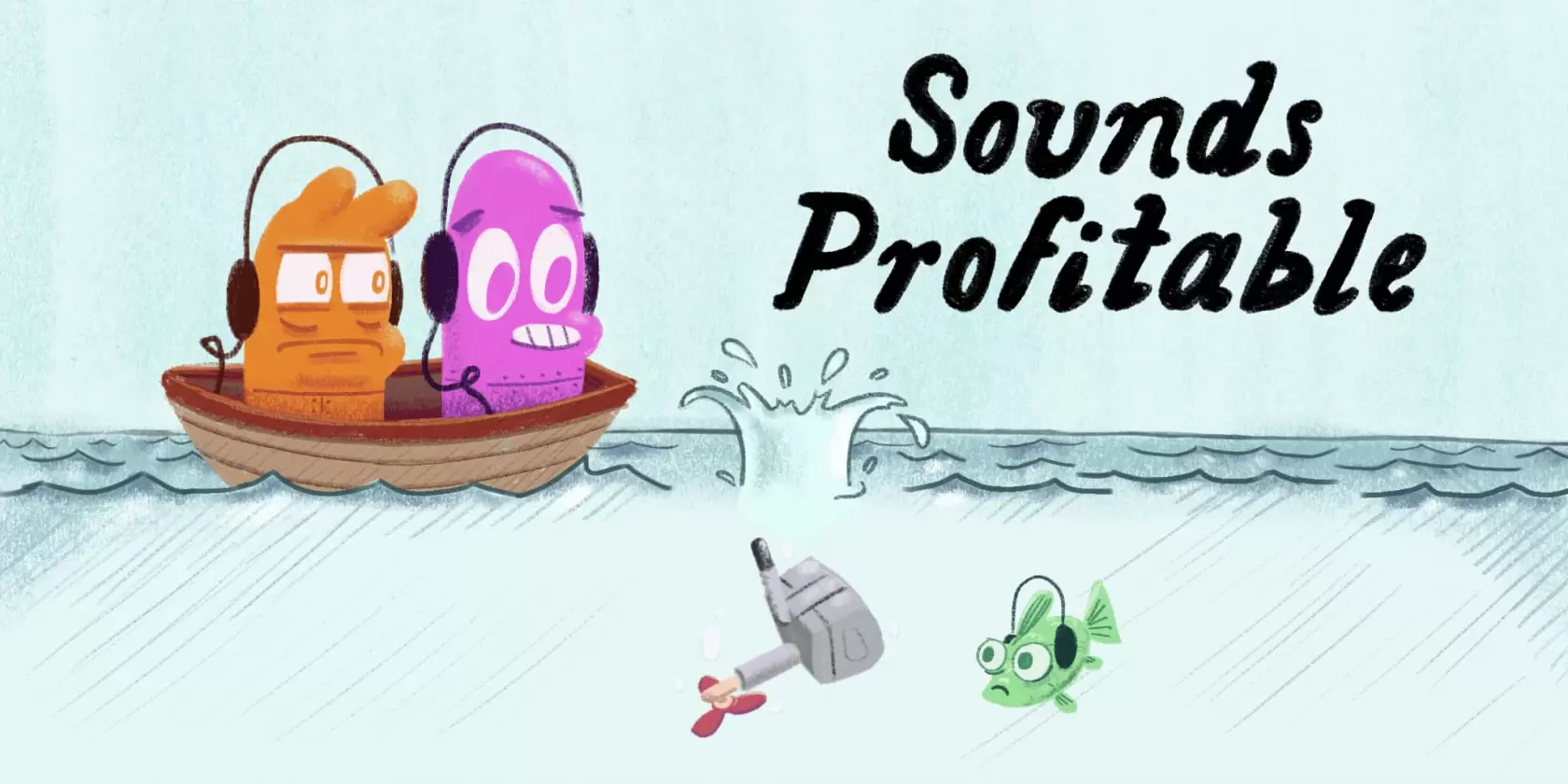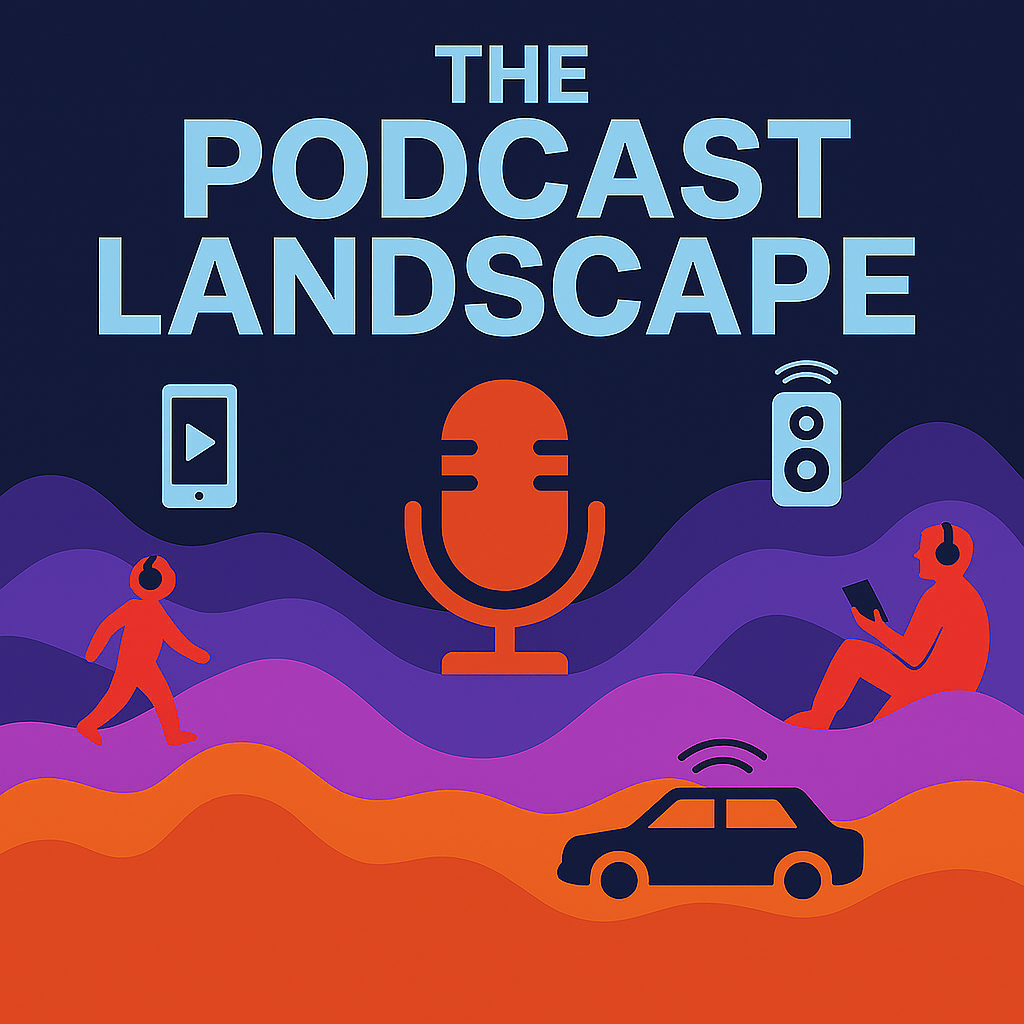This week on the Sounds Profitable podcast, it’s all about device graphs and why they matter. Bryan sat down with Chase Miller, EVP of Strategy and Corporate Development at Claritas.
Bryan Barletta writes…
Over the past few months, there has been a lot of coverage about ads that should have been blocked by the publisher-set filters, making it into the podcast episode. And when coverage like that makes its way into The Verge, it can absolutely look like the sky is falling.
Which is why today is a day for brutal honesty: nothing about this issue is unique to podcasting, it’s just incredibly easy to peer behind the curtain in our industry.
The adtech used in podcasting is completely linear, and the ads we serve are either seen as additive content or hurdles we force listeners to jump over. The more our ads feel like hurdles, the more grief we get from listeners. But rarely do we hear from them when they like the ads. That’s the nature of the beast.
And while we’ve been able to be ahead of the curve technology wise on privacy and identification, this particular issue isn’t actually adtech’s fault or podcastings fault.
It’s a people problem.
Setting the stage
The IAB Content Taxonomy is a list of over 700 unique identifiers broken into four tiers that ad buyers and publishers are supposed to master. Publishers are meant to not only identify which category matches their own content, but also to block the categories they don’t want ads from. On the other side of the equation, ad buyers are expected to identify their brands with the appropriate categories, and understand what publisher categories they wish to target.
And in that ideal world, where everyone enters everything correctly, the adserving platforms should compare both the brands categories against the publisher’s blocklist before allowing the ad to serve.
In my 14 years working in adtech, I’ve met very few ad buyers that knew their IAB Content Categories of the advertiser or brand they represent. And worse, many platforms realize that 700 options is just too ridiculous, so they condense them, sometimes with their own unique naming conventions.
But I absolutely have met salespeople who insisted I use different categories than the ones I initially selected when pulling available inventory to see if we could even run the campaign in the first place.
Before a campaign begins, available inventory needs to be pulled to make sure the campaign can even be sold. So if the original pull includes content categories that a lot of publishers have blocked, it’s not uncommon for the content categories to be changed juuuuuuust enough to get confirmation that the campaign can deliver.
For example, would CBD be Healthy Living > Wellness > Herbs and Supplements or should it be Sensitive Topics > Illegal Drugs/Tobacco/eCigarettes/ Vaping/Alcohol? If the ad buyer doesn’t provide it, and is held accountable for it, why would the buyer not make the best guess possible in an effort to please both sides? Neither of those options are wrong, as it’s completely up to interpretation.
And all of the weight of that interpretation sits on the shoulders of the account manager or sales planner or operations lead who is facing two options: start an argument with sales that they’ll ultimately lose, hurting their work relationship; or pull the data again with new categories to get that campaign approved.
If you think this doesn’t happen at your company, you’re not in the weeds enough.
Solving for X
The absolute easiest thing we can do to solve for this is to work directly with the buyers. Collaboratively work with them to figure out the right categories for their brand—not for the parent advertiser and definitely not for the ad itself—to get them to continue using the same categories no matter where they buy. Ideally, the IAB could find time to provide some sort of vetting process for their taxonomy, a big sticker for the advertiser, and a public database to compare campaigns against. Because again, this is a bigger issue than just podcasting, this impacts all of advertising, which they cover.
From there, we need to expand third-party validation. Visibility creates accountability and accountability diminishes the likelihood of any one-sided changes, especially when they’re available for audit post-campaign.
We also need better tools for blocking, outside of just IAB categories. Brands should be rolled up into their advertisers, to empower publishers with the ability to block advertisers like Nestlé at the legal name or the website domain level without losing a month by setting up a block for all 2,000 of their brands.
Publishers also need to be held accountable for identifying their shows by both the podcast category and the IAB content categories. The former should align with what’s listed in the major podcast directories, while the latter should be discussed with the onboarding partner to make sure everyone is in agreement on it.
But the absolute biggest thing that publishers can do when opting in to any of these solutions is demand full transparency of every ad and categorization that runs. Publishers should be blocking any ad targeted to their podcast that does not disclose the advertiser, brand, and enable a preview of the ad. The idea that this poses even the slightest risk to the sales team providing those ads is laughable when you can simply listen to your own podcast and find out who is advertising on it.
Wrapping it Up
Most of the examples you’re seeing about “the issue with podcast programmatic” aren’t programmatic. These issues lend themselves to any environment where the publisher isn’t configuring the campaigns for their own inventory. That covers second-seat sellers, networks, and marketplaces, which are often lumped under programmatic.
And all of those methods are major sources of ad revenue in podcasting, if not the leading source.
Publishers with truly sensitive content absolutely should only be running their own ads, something I’d insist on for just about any advertising-based medium. Because ultimately, sensitive content is valuable content that advertisers will want, and those advertisers will find their way to those publishers directly, or through a new solution that solves for that problem.
We fix this issue in our industry by trusting the people planning and setting up campaigns. They’re not trying to underdeliver a campaign or hurt anyone’s margin or commission, they’re just trying to do their job as best they can with the tools they have. So either empower them to suggest alternative routes to their destination or stand up with them and advise the client that what they’re looking for just isn’t possible.
Rel’s Recs

Arielle Nissenblatt of Earbuds Podcast Collective this week has chosen Scrolls & Leaves, hosted on Blubrry.
If you know me, you know that I listen to (and recommend) a lot of history-related podcasts. And while I enjoy the stories and lessons from many different time periods and civilizations, many of the podcasts on my radar are U.S. or western hemisphere-centric. Enter Scrolls and Leaves. This podcast explores stories “of the developing world, through the lens of the marginalized.” For example, learn about the path from Ayurveda to big pharma, lost ports, how indigenous knowledge can save biodiversity, and much more.
Market Insights with Magellan AI

We mentioned last week that although the number of new brands detected in Q4 was down 7% between 2020 and 2021, overall spend had more than doubled. We looked closer at how that spend has grown in both 2020 and 2021 as compared to the average Q4 spend in 2019. In each month of Q4 2020, the investment was roughly double that of the month Q4 2019 spend and the trend continued into 2021.
Anatomy of an Ad with ThoughtLeaders

What makes a good podcast ad? You know it when you hear it, sure. But is there more to it? We’ve teamed up with ThoughtLeaders to break down what works, what doesn’t, and what it takes to make great ads.
This week’s Anatomy of an Ad breaks down a host-read for Hello Fresh presented by Bekah Martinez and Jess Ambrose, hosts of the podcast Chatty Broads.
Find out what worked well and what could be improved upon as you work to make your own ad reads better.


















































































































































































































